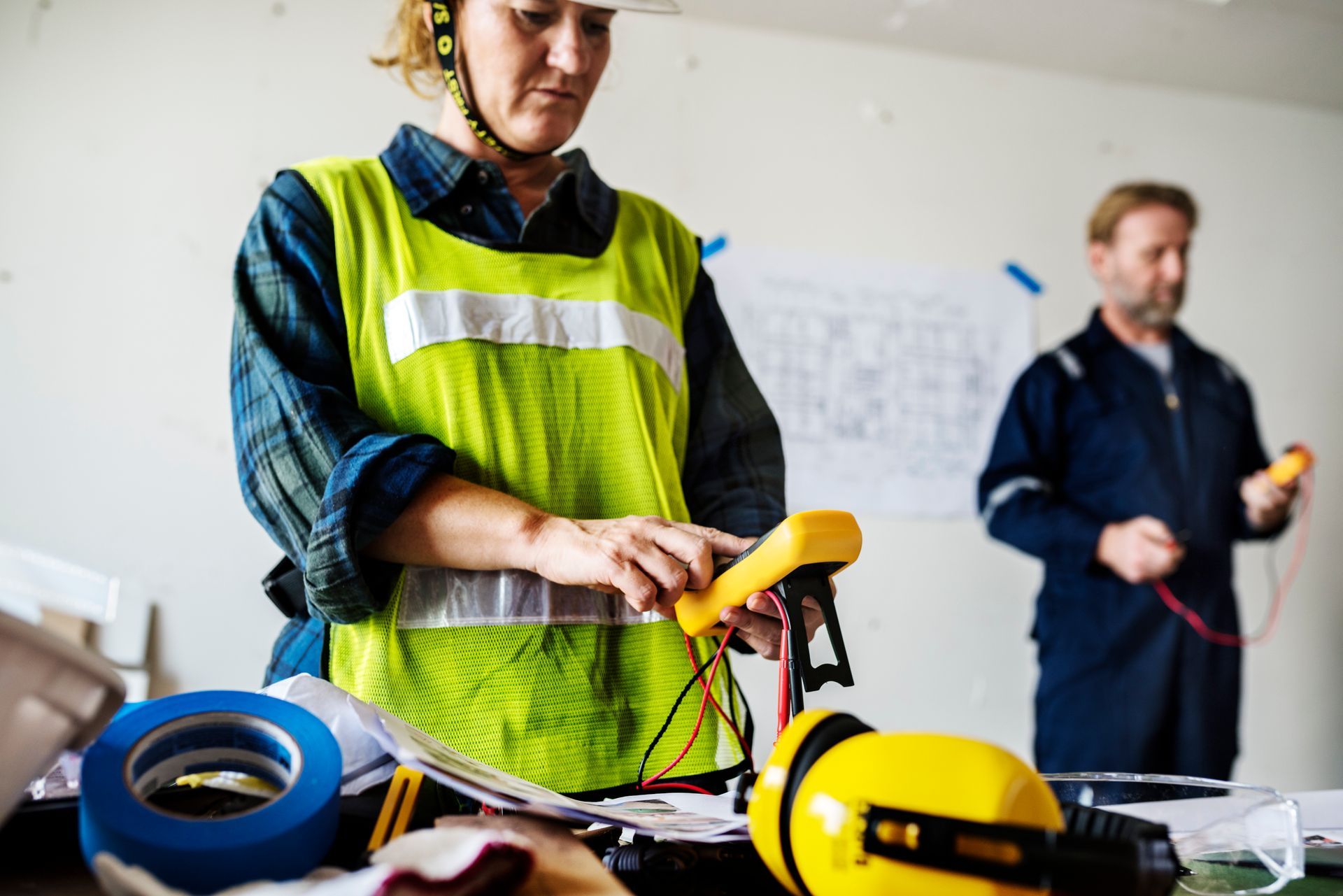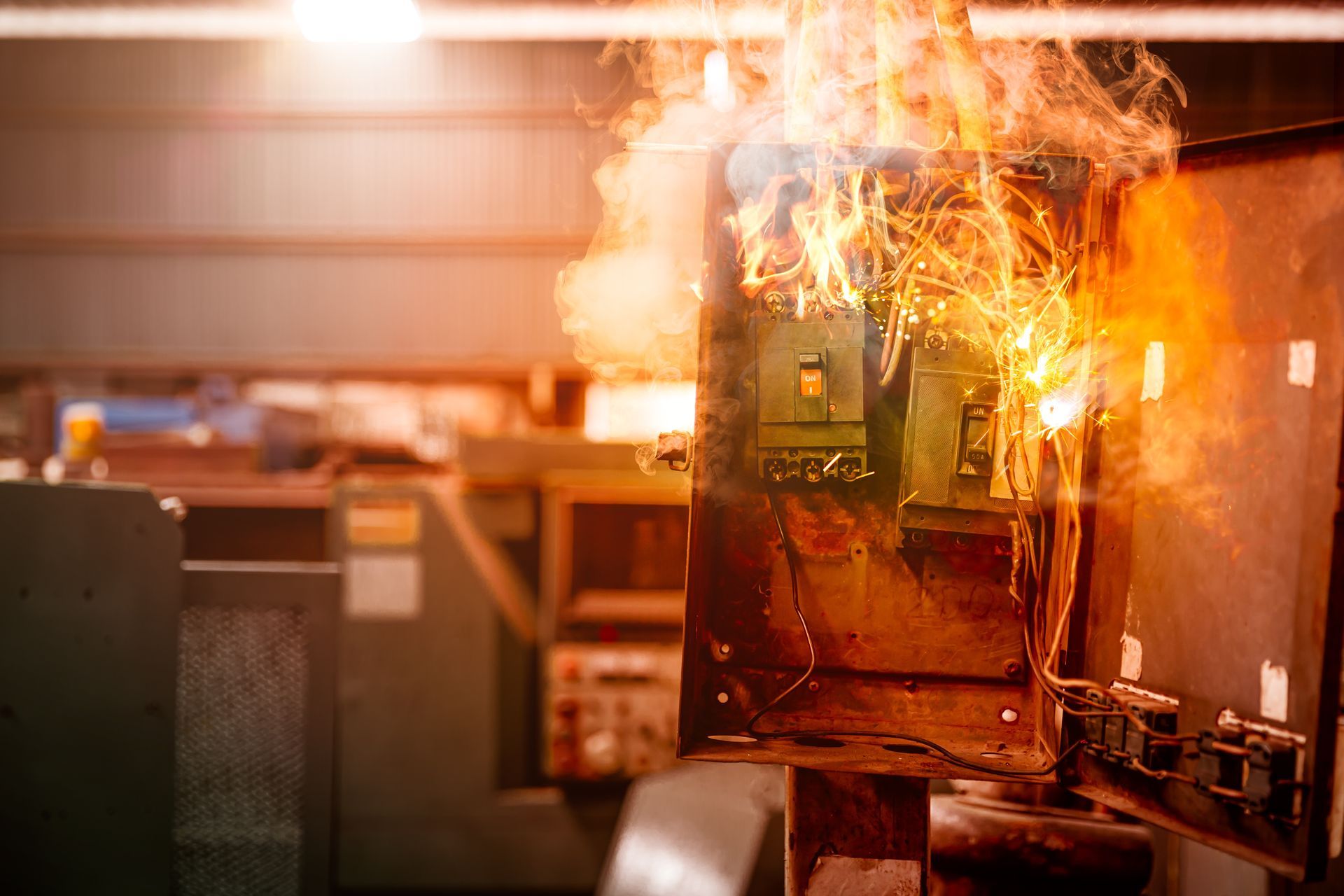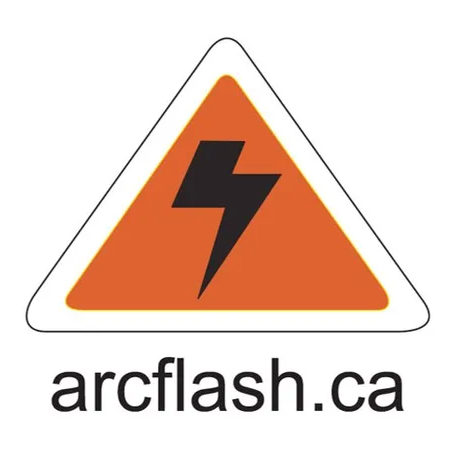March Is The Perfect Time To "Brush-Up" On Everything Electrical Safety....
Arcflash.ca can help!

March has been a busy month for Arcflash.ca!
Spent a wonderful time and learned many amazing new things at the Electrical Safety Workshop in Jacksonville, FL. And
we are now looking forward to heading off to the
Technical Committee meeting in Vancouver on March 27, 28 to begin work on the 2021 edition of the CSA Z460, Workplace Electrical Safety Stan
dard Update
!
Spring is just about here!
In this month's newsletter we will be "Springing Into Electrical Safety" with information regarding an upcoming electrical training seminar...the importance of being safe while, "Working Energized"...and letting you know how to get your copy ofThe Ontario Electrical Safety Report.
Have questions?
Head on over to our Facebook or Linkedin pages and let’s continue the conversation.
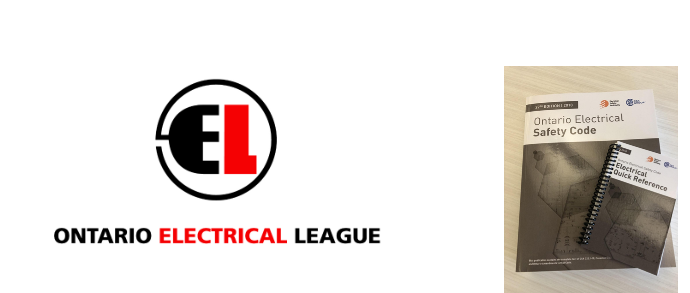
It's the perfect time to brush up on your electrical safety training by attending the Ontario Electrical League Halton Chapter Code Training - March 19, 2019!
Stay
current in your industry and support your local OEL chapter by registering for
code training! Understand the changes to the Ontario Electrical Safety Code
(OESC) while attending the session in the company of other contractors.
***The cost is $164 + HST per person. It is highly recommended to have your new
copy of the OESC edition with you for this training.
| Date: |
19 March, 2019 |
|
| Time: |
06:30 PM - 09:30 PM EDT |
|
| Location: |
Ned
Devine's Irish Pub |
|
| Contact: |
Bao Xiong |
|
| Email: |
||
| Date/Time Details: |
March
19, 2019 |
|
| Fees/Admission: |
$164 + HST |

Are you sure you're establishing an electrically safe working condition for all of your staff? Check out this recent article titled:
"Working Energized- Transition"
As with NFPA 70E in the US, the CSA Z462 Workplace Electrical Safety Standard is very clear with the importance of establishing an electrically safe work condition and the steps involved in doing so. Article 4.2 delineates the steps for establishing an electrically safe work condition. The definition of electrically safe work condition is described in the definitions section of CSA Z462. And yet, occasionally we find trades or maintenance personnel working energized when an electrically safe work condition should have been established.
The most common failure of establishing and electrically safe work condition occurs in the troubleshooting environment. The most common method of troubleshooting is voltage measuring, making it infeasible to troubleshoot in a de-energized state. However, at some point the cause of the problem is determined, thereby completing the troubleshooting phase of the process and the repair portion of the process begins. It is at this point that we will on occasion find the worker continuing the repair process without first stopping to establish an
electrically safe work condition.
As defined in the definitions, “Working On” consists of “Intentionally coming in contact with energized electrical conductors or circuit parts with the hands, feet, or other body parts, with tools, probes, or with test equipment, regardless of the personal protective equipment a person is wearing”. The definition then goes on
to differentiate between troubleshooting and repair. There are two categories of “working on”. Diagnostic (testing) is taking readings or measurements of electrical equipment with approved test, equipment that does not require making any physical change to the equipment; Repair is any physical alteration of electrical equipment (such as making or tightening connections, removing or replacing components, etc)”. More commonly in industry the term “troubleshooting” is used as opposed to “diagnostic” and the physical alteration portion of the process
is the part that is considered to be ”repair”.
“Energized Work” shall be permitted when the employer can demonstrate that the task to be performed is infeasible in a de-energized state due to equipment design or operational limitations. Troubleshooting is commonly held to be one of
those items that is infeasible in a de-energized state to due to operational limitations. Testing, troubleshooting and voltage measuring are exempted from the requirement for an “Energized Electrical Work Permit”. In addition, while an
Energized Electrical Work Permit is required for any energized work performed within the restricted approach boundary or when the possibility of exposure to an arc flash exists, CSA Z462 specifically exempts troubleshooting, along with testing and voltage measuring, provided the work is performed by a qualified person
using the appropriate safe work practices and PPE.
All of this leads us to an understanding that troubleshooting is something that is routinely performed in an energized state, without the requirement of an “Energized Electrical Work Permit”
Other than the definitions section, there is really very little in the way of further information provided throughout the standard for the terminology of “working on” with respect to repair of equipment. However while the definitions
specifically defines “working on” to be any physical alteration of equipment, the term could also be defined as any work that involves the use of tools other than test equipment.
The standard makes the dividing line between troubleshooting and repair quite clear. Troubleshooting involves the use of test equipment; repair involves the use of any tools other than test equipment. Troubleshooting is diagnostics. Once the troubleshooting has determined the cause of the failure or problem in the equipment, the troubleshooting is complete, and the separate task of repair begins.
The transition from troubleshooting to repair involves either the implementation of an Energized Electrical Work Permit, if the employer can demonstrate that the work meets the criteria of additional hazard, increased risk or infeasibility, or the implementation of an electrically safe work condition. A break must occur in the process in order to implement either of these two options. In the get-it done environment of some commercial and industrial facilities, this break from
troubleshooting to repair is looked upon as a nuisance and an inconvenience. An argument is made that it will take more work to implement either of these two options than it will just to complete the repair.
Another area where difficulty can occur with respect to the worker knowing where to draw the line between energized troubleshooting and the need to de-energize for repair is when management sends mixed signals or the wrong signal.
Even though committed on paper or in the theory to a robust electrical safety program, the temptation to get a project done or pressure to get a piece of equipment back up and running can result in management ignoring the CSA Z462
standard to suit the perceived need of the moment. In addition to putting the worker at risk and sending the wrong message to workers with respect to future work when it comes time to transition from troubleshooting to repair.
One argument that could be presented by employers declining to implement or fully implement the CSA Z462 standard is that it is just a standard. It is not a code, it is not required by law, it is simply a consensus standard, not enforceable by an Authority having Jurisdiction.
For many workers, working energized may still be routine and many trades personnel move from troubleshooting to repair without de-energizing. As a safety community it is important that we continue to work to provide every worker who works in the presence of electricity a basic knowledge of the hazards of electricity
and the measures one can take to protect themselves.
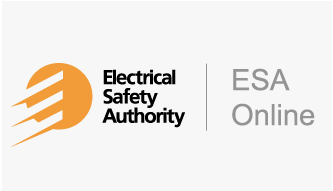
Do You Have Your Copy Of The Ontario Electrical Safety Report
The Ontario Electrical Safety Report (OESR) is the only document that provides a comprehensive, unbiased report on the state of electrical safety in Ontario. The OESR allows he Electrical Safety Authority (ESA) and their safety partners to identify electrical safety trends, and then target and tackle the toughest electrical safety problems. ESA readily
shares this data with the sole purpose of increasing electrical safety in Ontario and beyond.
PDF copies of this report can be downloaded
here
.



